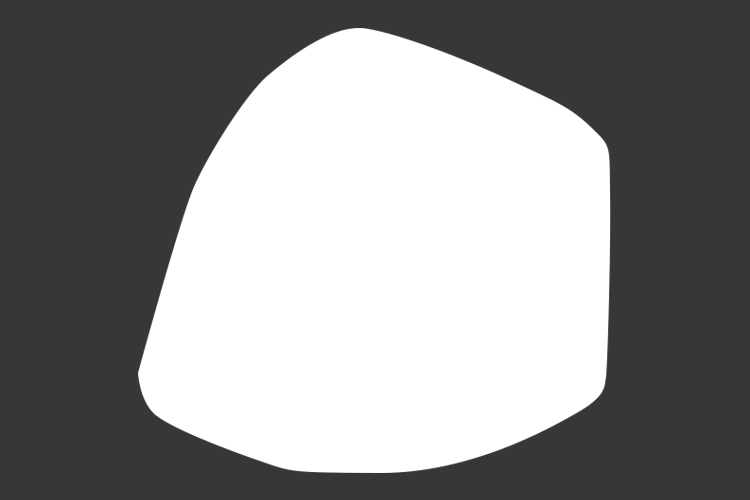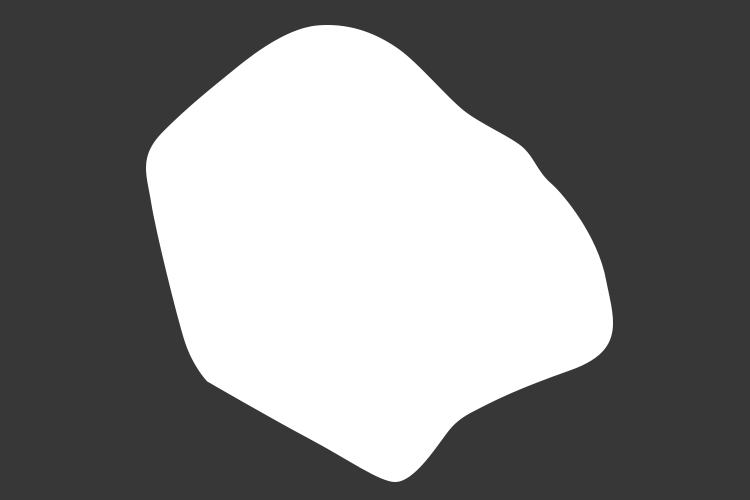Scheda punto di interesse
DESCRIPTION
The "Domus of Europa" faces the likely Cardo Maximus (previously called “of the Seviri” by Vernarecci) immediately east of the previous one (via del Forno), and was affected by two excavation works. the first was between 1878 and 1880 by Vernarecci, who also designed the plan; the second in 1926, was carried out by the Archaeological Superintendence in order to collect the mosaics discovered half a century before. The mosaic depicting the "Abduction of Europa", which decorated the triclinium of the Domus, and another geometric mosaic were removed and transported to the archaeological museum in Ancona.
Since 2004, the area of the Domus of Europa is affected by an excavation intervention that has allowed to recognize the two rooms from which the mosaic floors have been removed in the last century, to find other rooms not excavated before and to obtain previously unavailable stratigraphic data. It has been found a room used as a pantry, with four intact amphorae, a room in use as fullonica and a number of rooms constituting the thermal area of the Domus, just north of the triclinium.
Just north of the calidarium it was revealed an additional room characterized by a geometric mosaic floor in black and white tiles, sealed by the collapse of the ceiling and of a plastered wall. After the consolidation it was possible to separate the plaster, which revealed a picture with two characters, probably a mythological scene, in a central panel of the wall: a male figure in heroic nudity and a mantled female one resting his feet on a rocky outcrop. It is probably the scene of the liberation of Andromeda by Perseus, who has direct comparisons with similar representations known in Pompeii and Herculaneum; frescoed walls and mosaic floors denote the richness of the owner of the Domus and its cultural level.
Oscar Mei








